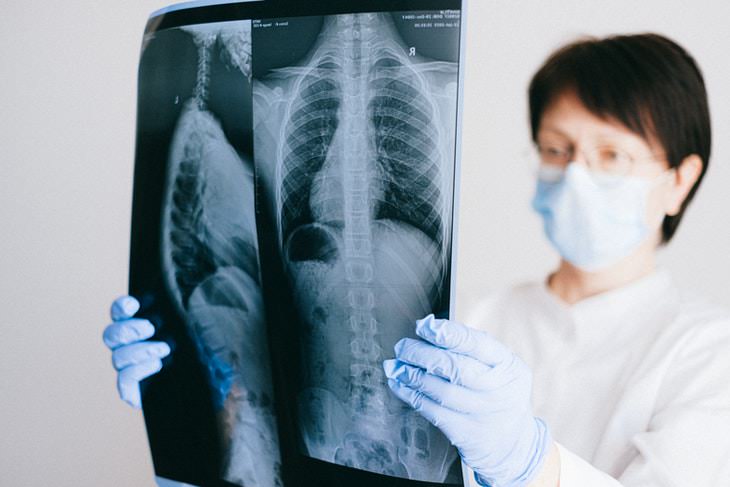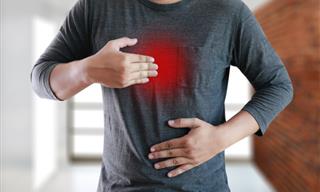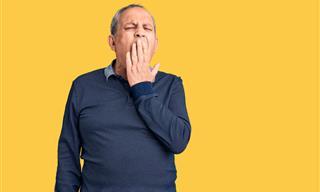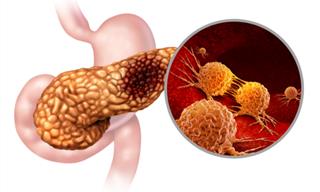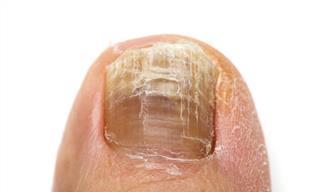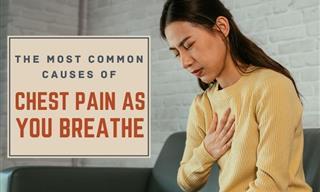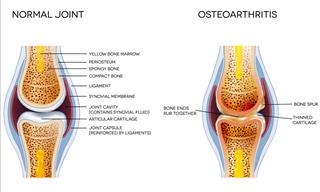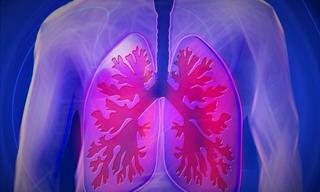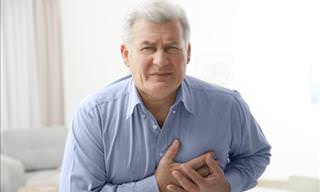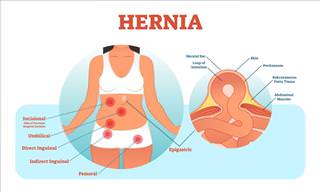What Is Pneumonia?
“Pneumonia is an infection that inflames your lungs' air sacs (alveoli). The air sacs may fill up with fluid or pus, causing symptoms such as a cough, fever, chills, and trouble breathing,” according to the American Lung Association (ALA). The symptoms of pneumonia can develop quickly or slowly, and vary depending on the type of pneumonia (more on that later).
Simple practices like frequent hand washing, healthy eating, quitting smoking, and reducing the amount of polluted air you breathe can dramatically reduce your risk of pneumonia.
But remember, pneumonia is a serious health condition that requires medical care and diagnosis. Some types of pneumonia can develop in just a few days, so seek medical care if you suspect that you or anyone else has pneumonia. Adults past age 65, kids below 2 years old, immunocompromised patients, and people with chronic health conditions are especially vulnerable.
Seek emergency care if you observe the following symptoms:
- Difficulty breathing
- Chest pain
- An extremely high fever
- Severe or rapidly worsening cough with mucus
- A bluish or dark tint to your lips and nailbeds (caused by a lack of oxygen in the blood).
The Types of Pneumonia
1. Walking Pneumonia

Let’s begin with a term that can be quite confusing - walking pneumonia. Also recognized under the name "atypical" pneumonia, walking pneumonia is essentially a less severe form of pneumonia. People suffering from this condition can usually maintain daily activities or don’t even know that they have it, hence the name.
Although any type of pathogen can lead to atypical pneumonia, the most common cause is the bacterium Mycoplasma pneumoniae. Other bacteria, namely Chlamydia pneumoniae and Legionella pneumoniae, are also known to cause walking pneumonia. Since walking pneumonia often flies under the radar, it is known to spread in crowded spaces like schools, dormitories, or nursing homes.
The symptoms of walking pneumonia resemble a bad cold: fever, dry cough, chills, and body aches. But even when the cough becomes productive after a few days, it doesn’t decrease and tends to worsen at night. The fever and sluggishness persist or get worse as well. The treatment for walking pneumonia is antibiotics, but even with treatment, the cough can last for a month or longer.
2. Bacterial Pneumonia
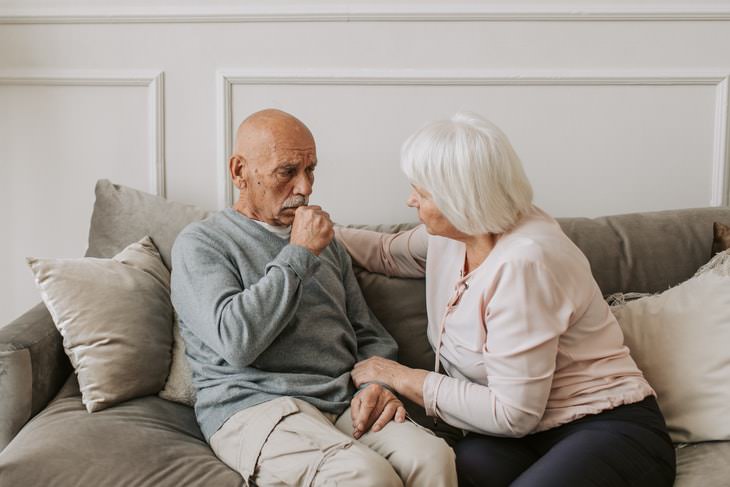
Bacterial pneumonia is the most common type of pneumonia, and it’s very serious because it’s more likely to require medications and cause complications. According to the ALA, 900,000 Americans develop bacterial pneumonia every year. Bacterial pneumonia can develop alone or as a result of viral pneumonia.
Bacterial pneumonia can be an infectious disease, meaning that you can catch it when an infected person coughs or sneezes near you, spreading microscopic droplets with bacteria through the air. If you have a compromised immune system or suffer from conditions like heart disease, asthma, or emphysema, you’re more likely to catch bacterial pneumonia.
A variety of bacteria can spread in the lungs and cause pneumonia. Here is a list of the most common ones:
1. Streptococcus pneumoniae is the most common cause of bacterial pneumonia. This microorganism usually lives in the nose and throat, but it can move down into your lungs and create an infection.
2. Legionella pneumophila are bacteria that live in water: plumbing systems, cooling towers and hot tubs. This bacterium is the cause of Legionnaire's disease, a severe form of pneumonia.
3. Haemophilus influenzae mostly causes pneumonia in those with chronic lung conditions, like chronic obstructive pulmonary disease (COPD), asthma, and cystic fibrosis.
The symptoms of bacterial pneumonia can begin very suddenly or build up gradually, and can be quite extreme:
- Fever as high as 105°F (40°C) accompanied by sweating, rapid breathing, and a fast pulse
- A productive cough (a cough with mucus)
- Blue lips and nailbeds
- Extreme fatigue
- Chest pain
- Night sweats
- Confusion.
Antibiotics taken by mouth are the first line of treatment of bacterial pneumonia. That being said, people with severe symptoms may require urgent hospital care that includes antibiotic injections and IVs, breathing supplemental oxygen, and possibly other treatments.
Untreated pneumonia is extremely serious, as it can lead to bacteremia (also known as septic shock) - a life-threatening condition where bacteria spreads into your blood.
3. Viral Pneumonia
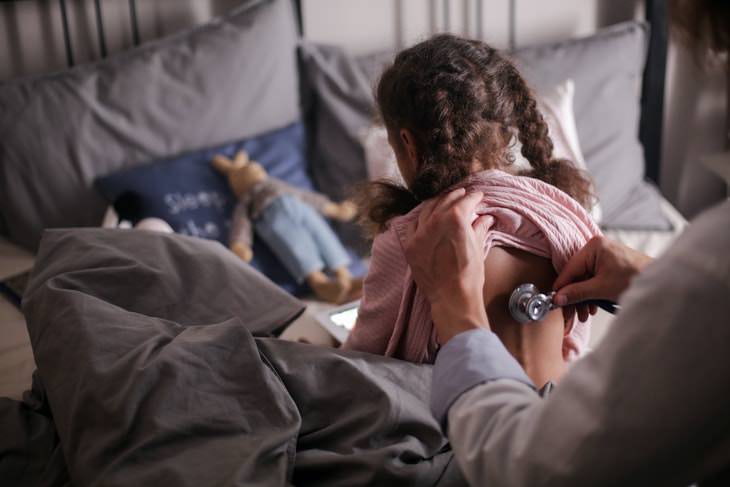
Viral lung infections are an extremely common cause of pneumonia as well. Like bacterial pneumonia, this is an infectious disease that you contract from interacting or spending time near infected individuals. A viral infection doesn’t always develop into pneumonia, but there is always a risk of that happening, especially if you’re in the high-risk group. Furthermore, viral pneumonia increases the risk of bacterial pneumonia, so it shouldn’t be taken lightly.
A variety of viruses can lead to viral pneumonia. Some of the most common offenders are:
- Flu viruses
- The common cold
- Respiratory syncytial virus (RSV)
- Adenovirus
- Measles virus
- SARS-CoV-2, the virus that causes COVID-19 (and other coronaviruses).
Depending on the type of virus that causes viral pneumonia, the symptoms may differ considerably. That being said, the early symptoms are usually flu-like and include fever, headaches, a dry cough, fatigue, and achy muscles. Within a few days, however, the symptoms progress and lead to:
- A bad cough
- Persistent fever
- Shortness of breath
- Muscle pain
- Blue lips and nailbeds
- Fatigue.
Antibiotics do NOT help viral pneumonia, but other medications, such as antiviral drugs and corticosteroids may be prescribed to reduce the symptoms. When it comes to viral pneumonia, prevention - through hygienic practices or vaccinations - is key.
In milder cases, viral pneumonia can go away on its own within a few weeks of bed rest and drinking plenty of fluids. However, more serious cases of viral pneumonia will require supplemental oxygen and hospital care.
Related Article: 7 Instances a Cold Warrants a Doctor's Visit
4. Aspiration Pneumonia

Have you ever heard of aspiration pneumonia? This is a lung infection that happens when someone “aspirates” (or inhales) a foreign object like food, drink, saliva, or stomach acid into the lungs. All of these objects may contain germs and lead to pneumonia.
Aspiration pneumonia usually occurs in people under anesthesia, people with neurological issues, infants, older people, or due to interference of the gag reflex that would ordinarily prevent these foreign substances from entering the lungs.
Aspiration pneumonia triggers common symptoms of pneumonia, such as difficulty breathing, chest pain, night sweats, and fatigue. These common symptoms may also be accompanied by more specific ones, such as:
- Green mucus or blood when coughing
- Difficulty swallowing
- Bad breath.
"If the aspiration is small in amount and there is no sign of a secondary infection, we usually treat it supportively with oxygen and prevention of further aspiration," said Dr. Thomas Monaco, assistant professor of pulmonary medicine at the Baylor College of Medicine, in a conversation with Health. However, when there’s a lot of foreign matter in the lungs, inserting a breathing tube and clearing out the lung via a procedure called bronchoscopy may be needed. Antibiotics or other treatments may also be necessary to treat a secondary bacterial infection.
5. Fungal Pneumonia
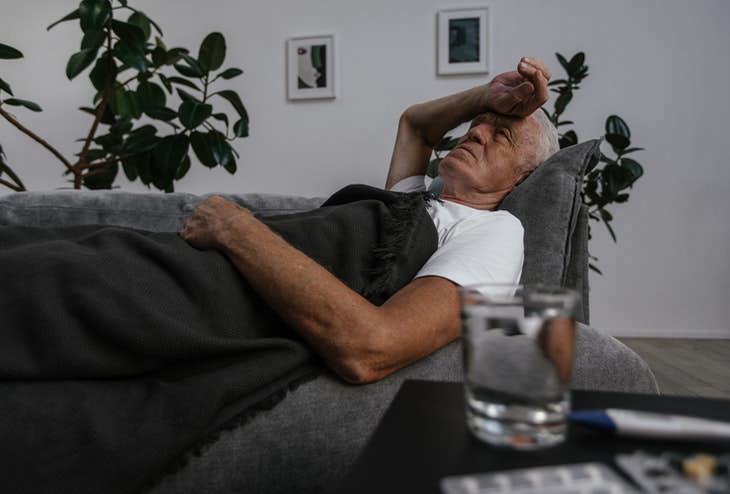
Not only viruses and bacteria but also fungi can trigger pneumonia. Fungal pneumonia is rare, and it happens when you inhale microscopic fungal spores from the environment and they start growing in your lungs. Fungal pneumonia usually affects immunocompromised people, such as those who take immunosuppressants, patients with diabetes, or cancer sufferers.
Pathological fungi are relatively rare in the US, but they can be severe, especially since they usually occur in people whose immune system is already weak. Fungi that lead to such infections are as follows:
1. Coccidiodes are the most common fungi to cause fungal pneumonia in the USA. The fungus lives in the soil across the southwestern part of the country, and it causes a condition known as valley fever.
2. Pneumocystis pneumonia is a fungus that can cause severe pneumonia.
3. Histoplasmosis lives in bird and bat feces, and it’s most common in the Mississippi and Ohio River valley according to Very Well Health.
Symptoms of fungal pneumonia take a bit longer to develop - between 1 and 3 weeks after exposure. Apart from common symptoms of pneumonia, like a cough, fever, shortness of breath, night sweats, body aches, and fatigue, a person with fungal pneumonia may also develop a rash on the upper body or legs, according to the CDC.
If you notice any of these symptoms, seek medical aid as the infection can cause long-term lung problems or may even spread to other parts of the body. Antifungal medications taken by mouth are necessary to clear up fungal pneumonia. Even then, symptoms may persist for weeks or even months.
Related Article: 7 Coughs and What They Might Mean
6. Chemical Pneumonia
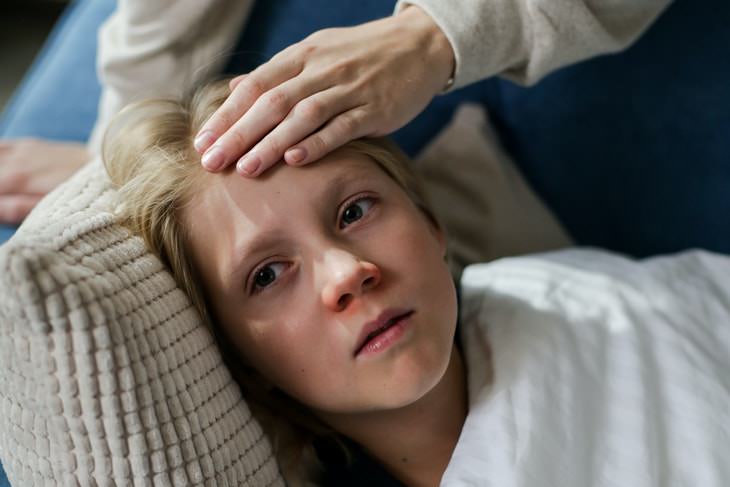
Chemical pneumonia is the last on our list. As the name suggests, this kind of pneumonia develops when a person inhales large quantities of dangerous fumes into the lungs.
Toxins like cleaning supplies, chlorine, fertilizer, pool cleaning equipment, smoke, and even air fresheners can irritate the lungs and lead to chemical pneumonia. "If your eyes are burning, your lungs are, too," said Dr. Raymond Casciari, a pulmonologist at St. Joseph Hospital in Orange County, California, in a statement to Health.com.
The medical term for this kind of lung damage is chemical pneumonitis - a lung inflammation that can develop into pneumonia. The symptoms of chemical pneumonia are:
- Burning or swelling in the eyes, lips, and upper respiratory organs
- Cough
- Painful breathing and chest pain
- Shortness of breath
- Headaches, fatigue, disorientation
- A rapid pulse
- A hoarse voice
- Fever.
People with severe chemical pneumonia may require supplemental oxygen, receive fluids through an IV, or even artificial lung ventilation before their lungs begin to recover. Chemical pneumonia can leave scarring and long-term lung problems, so it’s important to prevent it whenever possible. To do so, work with harsh chemicals very carefully, wear protective equipment like face masks, goggles, and gloves, and open any windows or doors if you’re indoors. You could also opt for natural cleaning products when possible.
Share this post with those who will find it useful!
 Go to BabaMail
Go to BabaMail


